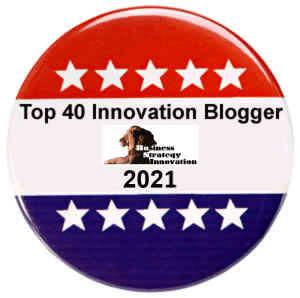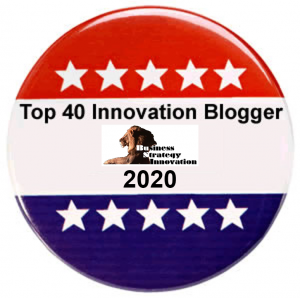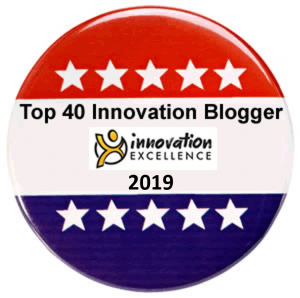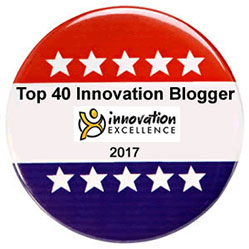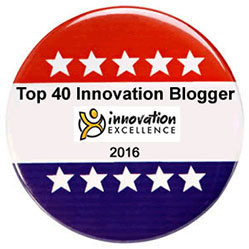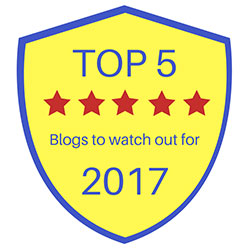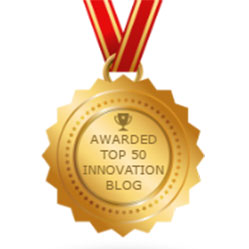I have earned my stripes as a rebellious maverick and serial misfit, who, until today, seldom feels content with complying with the status quo, especially when confronted by illogical, rules-bound, conventional, and conforming behaviours. My constant and disruptive search for new horizons has enabled me to make many professional changes and reinventions – from graphic to fashion designer, retail executive, design management consultant, culture and change management consultant, corporate trainer, group facilitator, executive, leadership and team coach, start-up entrepreneur, innovation coach, and award-winning blogger and author who has thrived by being different and disruptive. We need to reframe disruption to increase the possibilities for game-changing inventions and innovations to succeed in an uncertain and unstable future.
Through real-life experiences and by teaching, training, mentoring, and coaching others to learn, adapt, and grow by conquering high peaks and engaging in stimulating adventures, I have come to understand that being open to continuous disruption and constant reinvention is essential for survival and success in our chaotic and uncertain world.
This sense of restlessness continues to spark disruptive and creative changes in my life; as a result, it has taught me several key distinctions —being braver, daring, courageous, responsible, and accountable — throughout my forty-year professional career, which has spanned a period of being different and disruptive.
Being different and disruptive has allowed me to reach new inflection points, absorb new information, build new relationships, establish new systems and modalities, and elevate my confidence, capacity, and competence as an innovator through consulting, training, and coaching in innovation.
How does this link to being innovative?
This relates to innovation because when people impose barriers and roadblocks to innovation, they unconsciously inhibit and resist efforts to learn new ways of enacting constructive and creative change while being different and disruptive.
- The crucial first step in managing this is to accept responsibility for recognising and disrupting your internal structures, mental models, mindsets, and habitual behaviours.
- The next step involves leveraging your cognitive dissonance to create cracks, positive openings, doorways, and thresholds, thus making space for profound changes that enable you to challenge accepted norms.
- Finally, safely exit your comfort zone, unlearn, learn, and relearn variations in how you feel, think, and act to remain agile, adaptive, and innovative during uncertain and unstable times.
These three elements help you stand out and be disruptive, maximising differences and diversity by fostering inquisitiveness and curiosity, and developing self-regulation strategies to manage your unconscious automatic reactions or reactive behaviours when faced with change imperatives, including digital transformation, cultural change programs, and innovation initiatives.
Being brave and different
Some of you come from learning environments that label students who challenge teachers or their learning processes as different, disruptive, and rebellious. These students are often punished, threatened, or ignored until they comply with the accepted norms and conform. This diminishes the possibilities and opportunities of maximising diversity, difference, and disruption as catalysts for change and creativity in the classroom.
As a result, some individuals develop “negative anchors” due to being labelled as different or disruptive and learn how to act or speak to avoid their teacher’s displeasure and disapproval. This leads many to either rebel or adopt more compliant behaviours that keep them out of trouble. Those who choose to rebel miss the chance to benefit from the diversity and inclusion offered in the classroom and traditional education processes.
Only exceptional teachers and educators are curious and question why some individuals think or behave differently. Often labelled as “troublemakers,” these individuals tend to be alienated from the more compliant students, leading many “disruptive” students to fall by the wayside, unable to progress and achieve their full potential. Many of these “deviants” seek alternative ways of becoming socialised and educated. In contrast, others experience exclusion and social and intellectual alienation rather than maximising the possibilities of being different and disruptive to the world.
- Find the courage to rebel.
Alternatively, many found the courage and resilience to persist in our rebellion and challenge the status quo. By being different, disruptive, and diverging from the norm, many of us changed our game and, ultimately, the world! People achieved this by thinking thoughts no one else considered and taking actions no one else pursued, flipping conventions on their heads and making the ordinary unexpected through difference and disruption.
The outdated labels and negative associations tied to being different and disruptive have become ingrained in the organisational mindset through schools and educational institutions. These continue to create paralysing, fear-driven responses to embracing change and adopting innovation. This often hinders organisations from fully embracing people’s collective intelligence, developing the skills and maximising the possibilities and creativity that disruption, diversity, inclusion, and difference present:
- Diversity, inclusion, difference, and disruption are essential tools for thinking differently in ways that change the business landscape!
- Disruptive, deviant and diverse teams that differ significantly and challenge the status quo can think the unthinkable, surprising the world with new inventions and unexpected solutions through their disruptive, collaborative, and creative thinking strategies, which are crucial for innovation success.
- Organisations that cultivate innovative cultures allow leaders to be intentionally and safely disruptive, maximising diversity, embedding creativity and invention, and making innovation a habit to thrive in the 21st century.
Being the disruptive change
| Choosing the self-disruption path forces you to climb steep foothills of new information, relationships, and systems to take the first steps toward becoming the change you wish to see in the world. |
- Reframing Disruption
For many, even the word ” disruption ” is perceived as unfavourable and intimidating. When we were confronted at school by disruptive students, we would duck for cover to avoid the teacher’s wrath. Similarly, in group and team projects where one person opposes, argues, dominates the conversation, and doesn’t pay attention to or listen to anyone else’s opinions, we tend to stay silent and disengage from the discussion.
Many situations and problems require changes, upgrades, or removal of systems or processes, which disrupt the norm. The global pandemic significantly disrupted the traditional 9:00 am to 5:00 pm office workday, leading to the advantages of more flexible work environments where people have adapted to numerous challenges and forged a new working world.
This prompts us to reconsider how we might reframe disruption from its typical definition.
| Original Definition of Disruption (Oxford Dictionary): “Disturbance or problems which interrupt an event, activity, or process.”“Radical change to an existing industry or market due to technological innovation” Reframing Disruption“An opening, doorway and threshold for intentionally disturbing or interrupting an event, activity, or process positively, constructively to effect radical changes that contribute towards the common good (people, profit and planet) differently. |
Yet complacent, inwardly focused, conventional business methods result only in continuous or incremental disturbances or changes. In contrast, being different and safely disruptive to activate profound interruptions to business as usual is required to transform the business game.
Disruption without a positive, constructive, value-adding intent and relevant context makes people fearful and anxious. Many individuals have blind spots regarding how their fear-driven learning or survival anxieties negatively affect their effectiveness and productivity. They may even attempt to mask their fears and learning shortcomings by pretending to know things they don’t.
It starts with disrupting yourself.
Personal or self-disruption opens pathways for self-discovery, self-transformation, and innovation in a volatile and chaotic world where disruptive change is constant and inevitable.
This involves becoming emotionally energised and mentally stimulated by engaging in a journey of continuous discovery that maximises the value and benefits of being different and disruptive. It includes a commitment to ongoing learning and a willingness to identify and take smart risks, reframe, and embrace constraints as catalysts for creative thinking. This approach involves failing fast to learn by doing, generating ground-breaking ideas, and taking unexpected and surprising right turns that lead to new ways forward. Particularly as we explore what AI can do and what it should do, we need to ensure that our courageous and rebellious traits support its development and applications to help build a brighter future for all.
Being different and disruptive shifts the needle, increasing the possibilities for game-changing reinventions and innovations. Co-creative relationships with AI can support us in restructuring and reimagining how we approach customers, markets, communities, and the world in unprecedented ways.
Please find out more about our work at ImagineNation™.
Please find out about our collective learning products and tools, including The Coach for Innovators, Leaders, and Teams Certified Program, presented by Janet Sernack. It is a collaborative, intimate, and profoundly personalised innovation coaching and learning program supported by a global group of peers over nine weeks. It can be customised as a bespoke corporate learning program.
It is a blended and transformational change and learning program that will give you a deep understanding of the language, principles, and applications of an ecosystem-focused, human-centric approach and emergent structure (Theory U) to innovation. It will also upskill people and teams and develop their future fitness within your unique innovation context. Please find out more about our products and tools.

